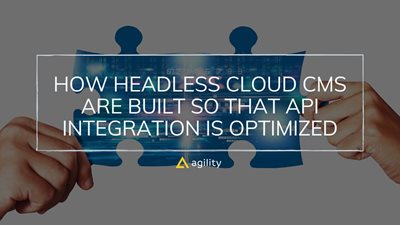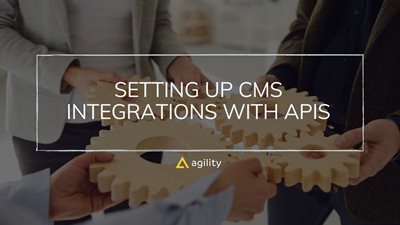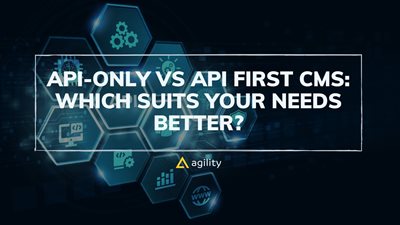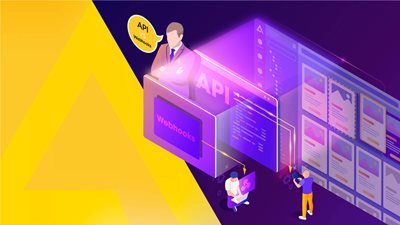How Headless Cloud CMS are built so that API integration is optimized


The options can be a little overwhelming when it comes to building a scalable company website, Ecommerce, or Personalization solution across multiple channels.
Do you use a Coupled CMS, Decoupled CMS, or Headless CMS? For many new to the market, you may even be left asking: what exactly is a Content Management System?
For many businesses, the answer to this question lies in headless CMS. This cloud-based platform handles all the tedious (and expensive) back-end legwork so your business can focus on giving customers a smooth and consistent user experience across all devices.
Headless CMSs like Agility CMS are responsible for publishing content and media, while layout, UX and all front-end technology are squarely in the hands of your development team. They are free to build front-end content that’s completely flexible and expandable over time.
Unlike monolithic or Coupled CMS, a truly headless CMS is built “pure” with API integration. The CMS waits idly until your team’s custom-built APIs engage with it, rather than preparing content for presentation and pushing it into the delivery environment. Think of headless CMSs as providing the foundation while your developers focus on the brick-and-mortar of customized architecture for a limitless user experience.
The benefits of a headless CMS like Agility are endless, but here are just some for consideration:
- Omnichannel readiness: Headless CMSs allow your content to be integrated with any channel or device — your developers can build for mobile apps, smartwatches, and even virtual reality if you choose. This option allows delivery of your product anywhere and anytime through the customer journey.
- Low operating costs: For businesses relying on SaaS, headless CMSs save time and money on installing and running cumbersome, monolith counterparts. By using a cloud model, you keep running costs low, and your team focused on innovation.
- No troubleshooting required: Headless CMSs like Agility include carefully crafted content architecture designed to enable new integrations and technologies to be incorporated at any time. When hotfixes or patches are needed, the Headless CMS provider takes care of that for you.
- Flexibility: With headless CMS, developers can build any front end in their preferred language (Ruby, PHP, Java, etc.) and then integrate the two using APIs. This way, your team can deliver content to multiple channels and leverage the latest developments in language frameworks. You are the master of your domain.
- Cloud Scalability: No heft maintenance fees are required. With an intuitive and user-friendly interface like Agility, your content is hosted in the cloud, so your team can access and update it from anywhere. Scale as you see fit! All that’s required is an Internet connection.
CMSs like Agility are constantly growing, with new features and upgrades automatically updated for everyone regularly. Headless CMS also lets you quickly and seamlessly scale up to support needed during traffic fluctuations so that your website is never down.
So now that you understand the enormous advantages of headless CMSs — scalability, flexibility and customization — consider what you’re missing out on. Headless CMS may be the solution you need to reach the next level of success.

About the Author
Harmonie is the Senior Marketing Manager at Agility CMS

Setting Up CMS Integrations With APIs

API-only vs API First CMS: Which suits your needs better?

API vs Webhooks: What’s the difference
How to Choose an Enterprise-Ready Headless CMS
To help you on your journey to finding your next enterprise CMS we’ve compiled a checklist to point out some of the features and functionality you need to consider.
Download